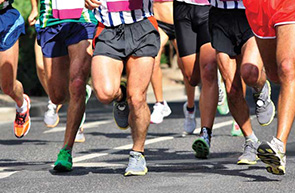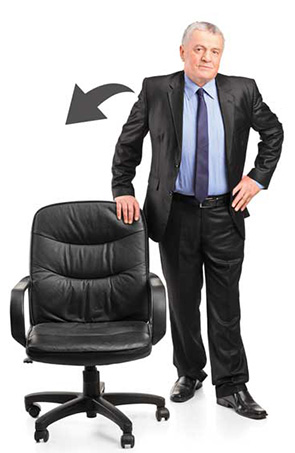
Iliotibial Band Syndrome is the most common cause of knee pain in runners & multi-sport athletes by some estimates accounting for 12% of all running-related injuries1. Iliotibial band syndrome describes a condition whereby the iliotibial band rubs against a bony prominence at the outer aspect of the knee and typically causes inflammation and damage to local tissue.
ITBS is commonly labelled as an “overuse” injury. However this is really a misnomer, as it is generally not the fact that the knee is being used too much but rather that there are predisposing biomechanical factors causing injury with even appropriate levels of training.
Most cases of Iliotibial band syndrome settle well with appropriate Chiropractic care. This requires careful assessment by the Chiropractor to determine which factors have contributed to the development of the condition, with subsequent correction of these factors.
Chiropractors will make sure the joints in the entire lower extremity are functioning and moving properly. This includes checking your feet, ankles, knee and hip. Chiropractors want to identify the cause of your pain, not just treat the symptoms.
Chiropractic adjustments/manipulations are performed to help restore normal biomechanics to the feet, ankles, hips and knee joint. When pelvic mechanics are not functioning properly the muscles don’t work efficiently which hinders flexibility and mobility. This can lead to tight muscles which may inhibit motion and cause pain. It is important to manipulate and stretch capsular joint restrictions during the treatment phase. This helps improve normal motion and promotes proper biomechanics as well as keeping the joint lubricated.
Stretching and strengthening exercises may be used in combination with a knee brace, kneecap taping, or shoe inserts to improve muscle balance and joint alignment of the hip and lower limb. Strengthening and stretching exercises are also chosen to correct muscle imbalances, such as weakness in the gluteus medius muscle or tightness in the iliotibial band.
Treatment modalities such as ultrasound, friction massage, and ice may be used to calm inflammation in the ITB.
Foot orthotics may be recommended to improve foot and lower limb alignment.
A key element of treatment is your training schedule. Chiropractors can work with you to adjust the distance you run, your footwear, and the running surfaces you choose. We will ask you about your sport activities and may give you tips on your warm up and training schedule, footwear, and choices of terrain.
Most cases of ITB syndrome respond very well to Chiropractic treatment and usually require only 4-6 weeks of care.
References
- Fredericson M, Wolf C. Iliotibial band syndrome in runners: innovations in treatment. Sports Med, 2005;35:451-459.
Stretch of the Month
ITB Stretch

Stretching the ITB is slightly different from stretching other muscles, as the ITB is a thick, fibrous band rather than an elastic muscle.
- Stand upright and cross your right leg behind your left.
- Lean slightly forwards and to your left side until you feel a stretch on the outside of your right leg.
- Lean on a chair/wall if needed. Hold for 30 secs.
- Repeat 3 times.
- Change legs, cross your left leg behind your right. Hold for 30 secs.
- Repeat 3 times.
- Stretch twice daily, before and after exercise.
Towards Wellness
A Surprise Benefit of Exercising

Sometimes we don’t feel in control of our lives, whether we are out of work, in a job we don’t like or having problems in a relationship. Exercise allows us to achieve goals and overcome obstacles regardless of what is happening in other areas of your life. Increasing the time you can jog on the treadmill, lifting a personal best or finally touching your toes, nothing beats that sense of achievement!

